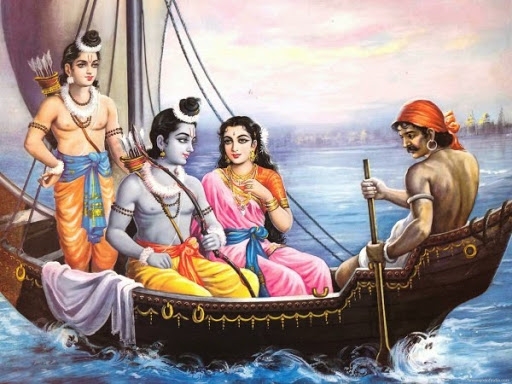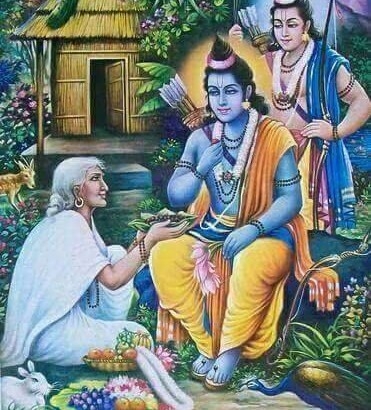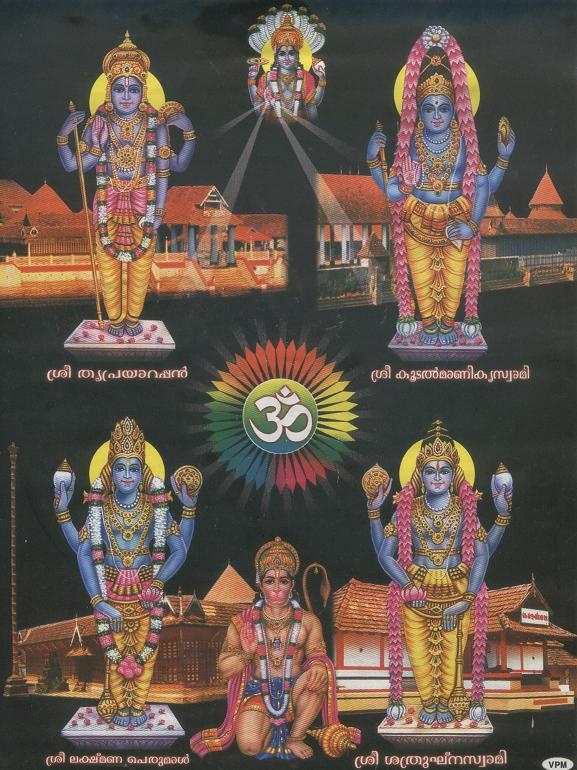Ramayana month and its social relevance
@@NEWS_SUBHEADLINE_BLOCK@@
Total Views |

By describing Rama who ate the fruit bitten by the devotee tribal woman Sabari, Ezhuthachan hits at the then existed caste inequalities in Kerala. The incident of Rama liberating Ahalya from curse gives a message that women are not commodities for pleasure. Ezhuthachan also indirectly call forth to fight the invaders and imperialists as against the attitudes of Ravana.
Ramayana can be termed as the most characteristic Indian scripture which clearly portrays our cultural identity and values. Almost all the regional languages in India has produced its own versions of Ramayana. Malayalam language also is no exception. The preliminary literary works in Malayalam owes a lot to the Ramayana related scriptures. 'Ramacharitam', 'Ramayanam Champu', 'Kannasha Ramayanam', 'Adhyatma Ramayanam', 'Ramachandra Vilasam Mahakavya' etc are a few to name. But, Malayalam is more indebted to Thunchaththu Ramanujan Ezhuthachan whose 'Adhyatma Ramayana' has positively transformed both the cultural and linguistic attributes of Kerala.
'The Ramayana month'
In Kerala the Malayalam month of 'Karkitaka' (usually occurs in July-August) is referred to as 'Ramayana month'. It's a time of heavy rainfall, diseases, natural calamities and so on. As a cure from all these, human mind naturally turns to God. In 'Ramayana month' the mind turns to the divine name of Lord Rama. In this month, to get out of all the ills, members of every family read Ramayana sitting in front of lighted lamp. Rama's life was also a representation of hardships in individual life and fight against Adharma. That may be the reason why Malayali celebrate 'Karkitaka' as 'Ramayana month.' But, later when communist ideologies got overspread Ramayana was popularized as a text which promotes casteism. They even portrayed Ramayana as superstitious and the popularity of Ramayana month got diminished. This caused a serious cultural defamation in Kerala. The broad Hindu Conference of 1982 decided to re-establish the observance of Ramayana Month. When Sangh Parivar organizations took up the observation of Ramayana month socially even the mainstream media started observing it with features, news, pictures etc.

Historic Background
In the 14th, 15th and 16th centuries various spiritual masters started social renaissance with 'Bhakti Movement' across the country. In Kerala it was Ezhuthachan who took forward the movement. It was in 16th century AD. He transformed the land and language which got immersed in erotic literatures at that time to a value based life with the story of Rama through 'Adhyatma Ramayana'. Bhakti (Devotion) served as a medicine for the emotional illness.
The European settlement in India started in 1498 with the arrival of Vasco Da Gama, the Portuguese captain, at Kozhikode. Gama and his troops had many agendas other than usual business deals. The invasions, anarchism and the influence of European culture from these troops destroyed the social harmony of the land. It was in this atmosphere Ezhuthachan produced the medicine for cultural cure.
Like other places in India, Kerala also had influences from Ramayana. Particularly, in the tribal areas of Wayanad many place names are related to Ramayana. Pulppally which is believed to be the place where Valmiki's Asram existed, Chettedikkaav where Sita is believed to have gone under earth, Sisumala which is related to Lava and Kusha are a few names of mention. In Kerala there is a tradition to worship Rama, Lakshmana, Bharata and Shathrughna and visit the four temples dedicated to them during Ramayana month.

Social Equality in Ramayana
Ezhuthachan found that the spread of Ramayana literature could eradicate caste inequalities. Rama's life was giving such a fruitful message of social equality. Valmiki, the author of Ramayana himself was a forest dwelling hunter and after his transformation into a sage, he gets such a great respect irrespective of who he was in the past or in other words Ramayana teaches that even a forest-dweller can be transformed to a sage and the society respected them without any caste discrimination. Rama while moving to forest was accompanied by Guha, the tribal king, to cross river Ganga.
Even the forest dwellers had kingdom and kings at that time and they associated with others without any discrimination. All these shows the social oneness existed at that time. With the incident of Rama hugging the tribal King Guha, Ramayana eliminates all kind of untouchability in society. By describing Rama who ate the fruit bitten by the devotee tribal woman Sabari, Ezhuthachan hits at the then existed caste inequalities in Kerala. The incident of Rama liberating Ahalya from curse gives a message that women are not commodities for pleasure. Ezhuthachan also indirectly call forth to fight the invaders and imperialists as against the attitudes of Ravana.
Ezhuthachan completely disowns any caste based qualifications for devotion and spiritual progress. In this aspect the social relevance of 'Adhyatma Ramayana' is very promising. The Malayali should be able to gain social harmony and values by reciting the Ramayana during the month of 'Karkitaka'.
- Dr. Madhu Meenach
il
il
(The Writer is Chief Editor of Kesari Weekly.)
9744294940
@@AUTHORINFO_V1@@

